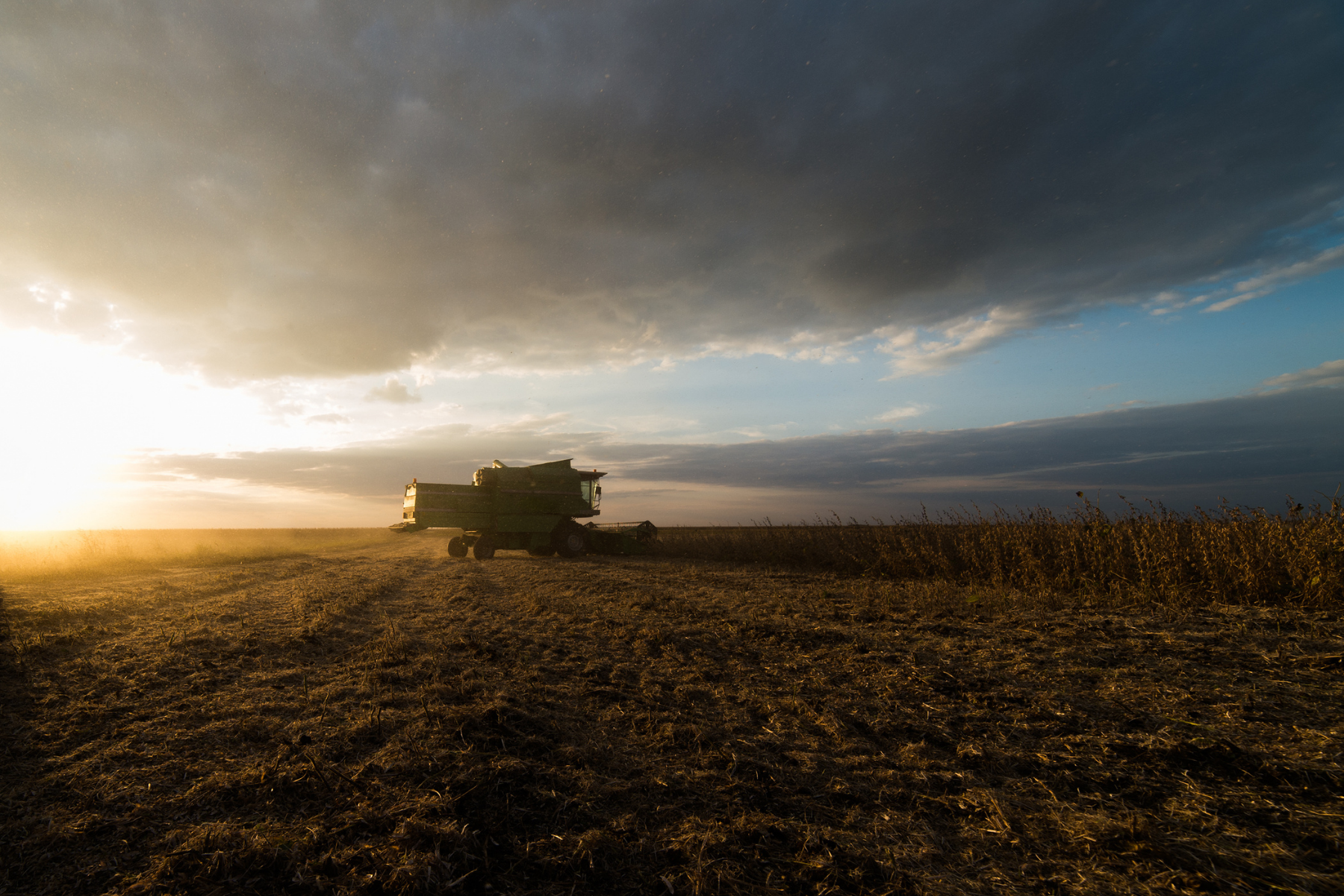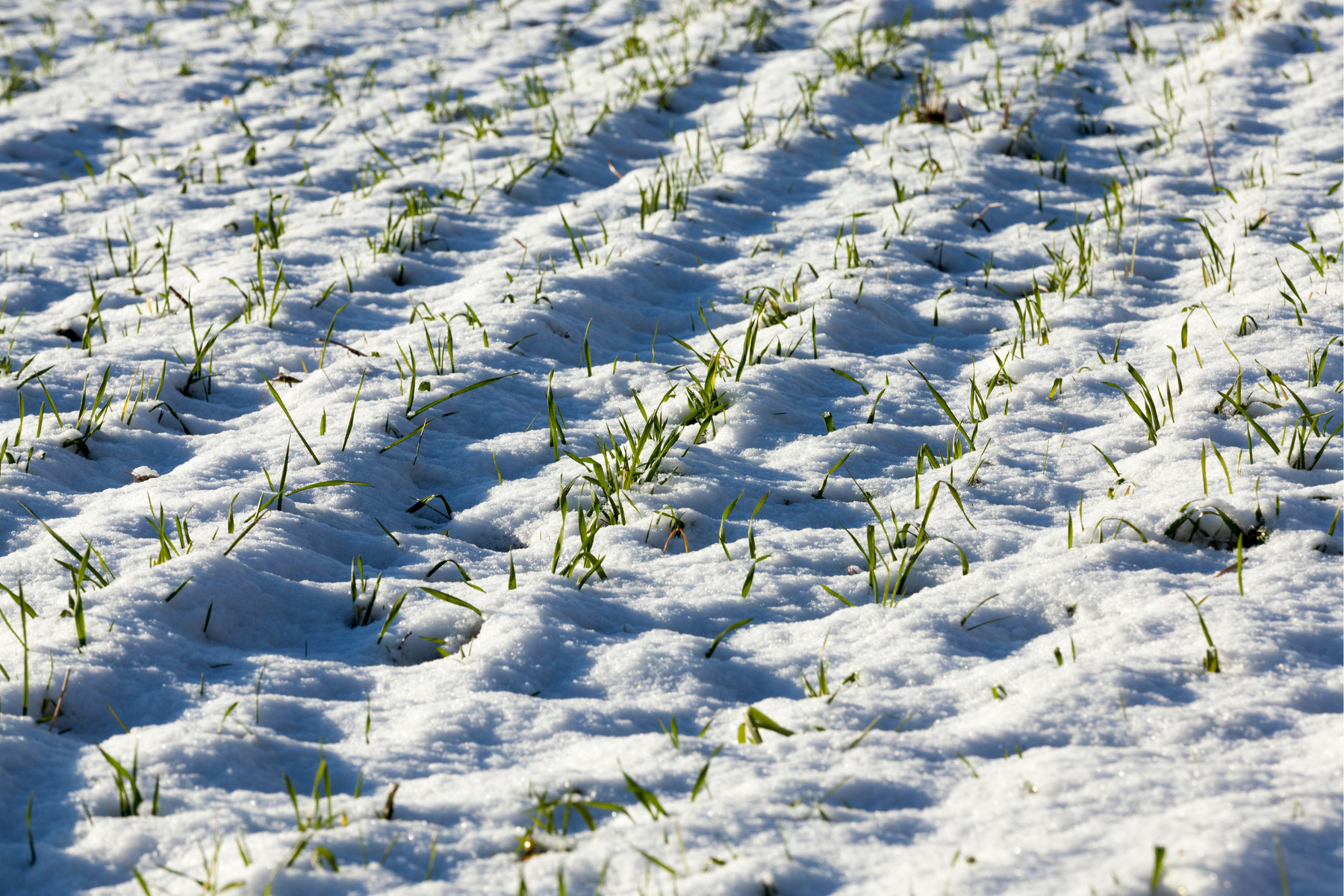Have you ever encountered unexpected damage to your crops after applying herbicides? Understanding the causes behind such incidents can help prevent future losses and ensure the health of your crops.
A Lesson in Tank Contamination
Recently, a grower experienced leaf damage in their wheat field shortly after applying Pixxaro herbicide. Concerned about the sudden symptoms, they sought assistance from our Certified Crop Advisors (CCA) at Sylvite Agri-Services.
Upon investigation, it was discovered that the damage stemmed from a tank contamination issue. Before the Pixxaro application, the sprayer had used a soybean burn down mix containing TriActor and glyphosate. Despite performing a water flush between applications, traces of TriActor, particularly its valtera component, remained in the tank. This led to contamination during the Pixxaro application, resulting in leaf damage observed in the wheat field.
But what exactly is TriActor, and how did it cause this issue? TriActor is an effective herbicide used for weed control, containing various components including valtera. Valtera has adhesive properties, making it sticky and prone to clinging to surfaces such as hoses and tanks, even after rinsing. This residual presence of valtera in the tank led to inadvertent contamination during the Pixxaro application.
To prevent such incidents in the future, it’s crucial to implement thorough tank cleaning procedures. Simply rinsing the tank with water may not suffice, especially when dealing with sticky residues like valtera. The use of specialized tank cleaners after TriActor applications can help remove any lingering traces, ensuring the next application remains uncontaminated.
In this case, our recommendation to the grower was to leave the wheat field as we estimated the yield reduction to be no more than 10%. Fortunately, the grower followed this advice, and the third-party sprayer agreed to compensate for any yield loss determined after harvest.
By understanding the importance of tank cleanliness and taking proactive measures to prevent contamination, farmers can safeguard their crops and maximize yields. Remember, proper application practices are essential for successful crop management and long-term profitability.




